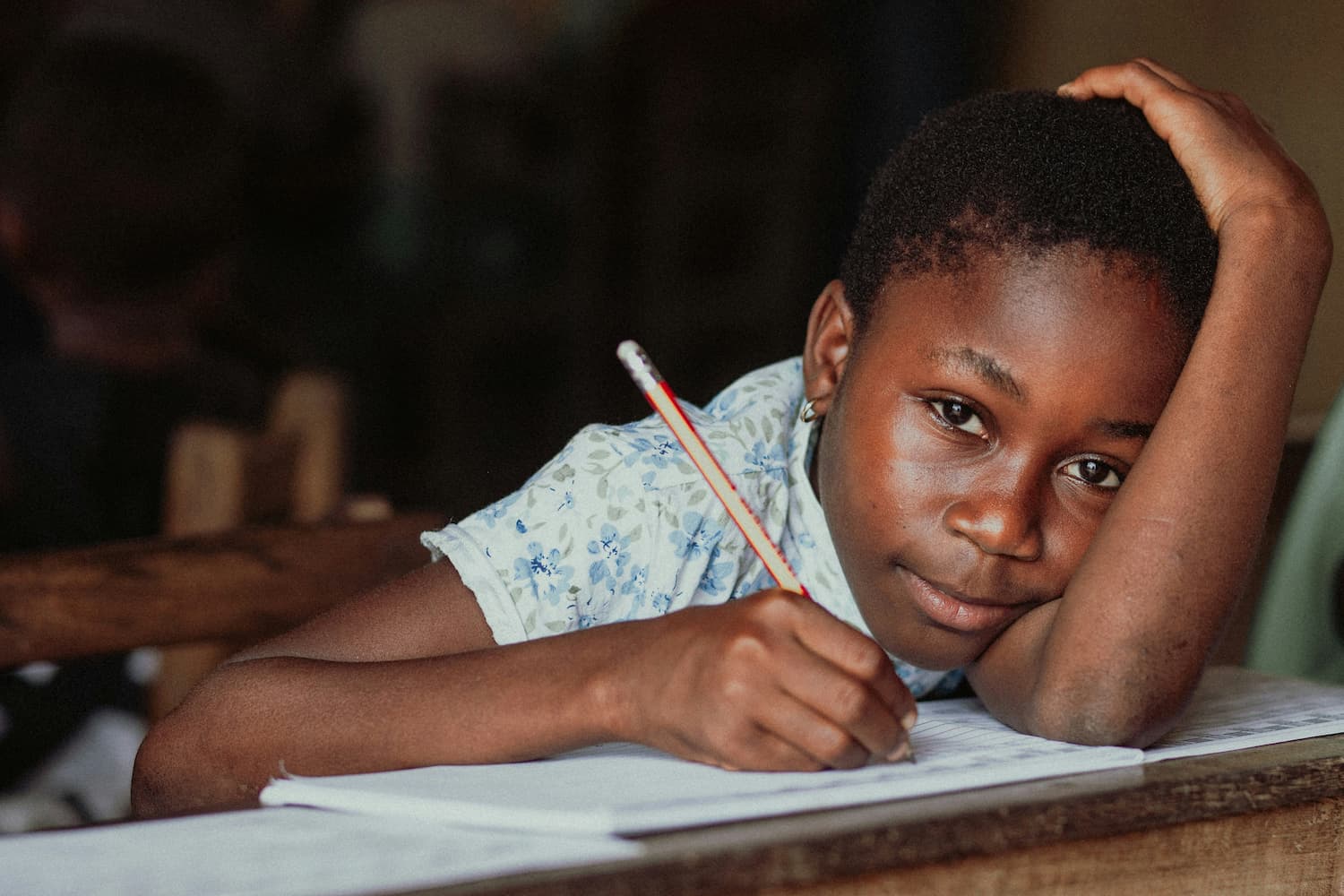Resources
Putting evidence-based ideas into widespread practice
We aim to ensure that evidence on improving learning travels from research studies, into government policy, through to large-scale implementation of reforms, and right back into the classroom in the form of day-to-day policy implementation by individual schools and teachers. If this can be achieved, millions of children will have better outcomes.
Resources below.
Filters
Geographical focus
Resource type
Methodology
Pillar
Search
Blog
Setting an early foundation for children’s learning: using insights from cost-effectiveness analysis to inform decisions
Others
What Works Hub for Global Education: Approach and key resources
Others
Education Evidence Labs
Others
Structured pedagogy
Others
Teaching at the right level
Others
The benefits of foundational learning to individuals and society
Others
Using A/B testing to improve education programmes at scale
Blog
CIES 2025: A/B testing in education has arrived!
Blog
Iterating and collaborating toward large-scale education reform in government schools: An interview with the co-founders of Leadership for Equity, India
Blog
New data and evidence on climate-resilient education
Discover more

What we do
Our work will directly affect up to 3 million children, and reach up to 17 million more through its influence.

Who we are
A group of strategic partners, consortium partners, researchers, policymakers, practitioners and professionals working together.

Get involved
Share our goal of literacy, numeracy and other key skills for all children? Follow us, work with us or join us at an event.